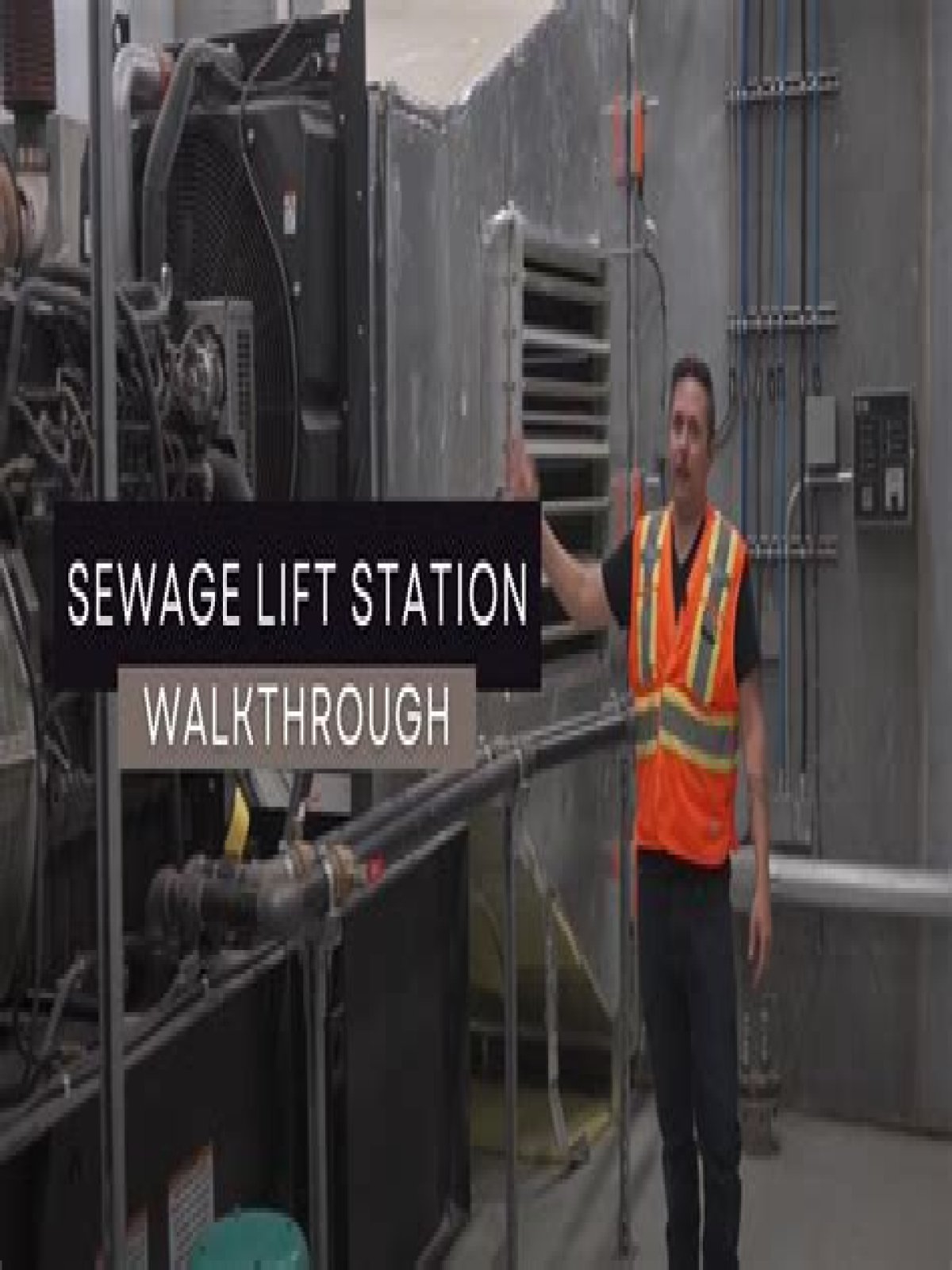How does a lift station operate?
Beside this, what is the function of a lift station?
Sewage / Wastewater lift stations, also called pump stations, are used for pumping wastewater or sewage from a lower to higher elevation, particularly where the elevation of the source is not sufficient for gravity flow and/or when the use of gravity conveyance will result in excessive excavation and higher
Also Know, how long does a lift station pump last? between 15 to 20 years
Besides, what is a municipal lift station?
A wastewater lift station is a pumping station that moves wastewater from a lower elevation to a higher elevation. The benefit of using a lift station in a sewage collection system is that it saves a substantial amount of money in excavation costs, which involves digging for sewer pipes.
What is the difference between a pump station and a lift station?
Lift Station and Pumping Station Requirements. The lift station is specifically designed for the pumping of waste or sewage material to a higher elevation versus the Pump Station which is designed to raise water, not sewage, to a higher elevation.
